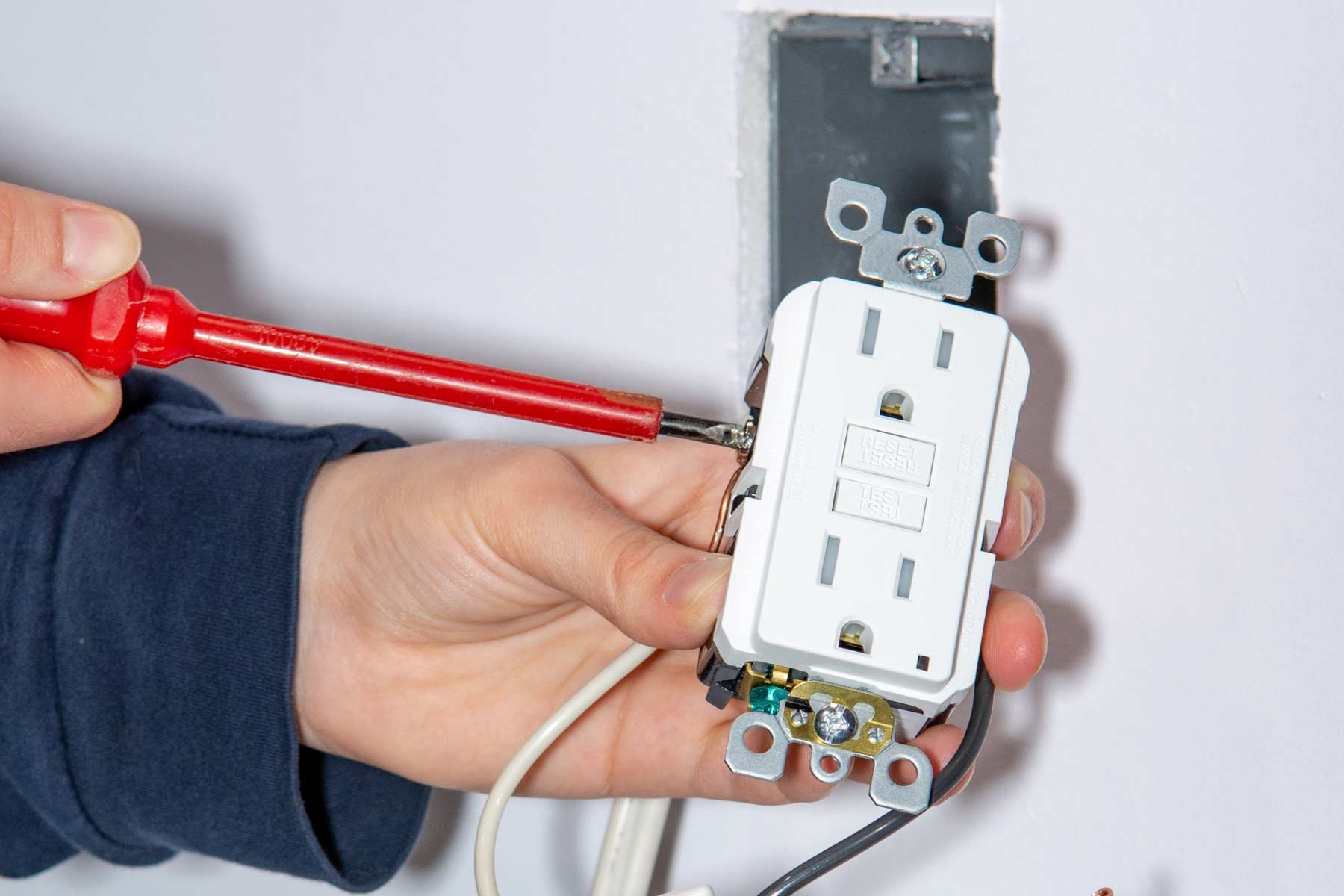Maximizing Safety: Exploring the Distinct Roles of Circuit Breakers and GFCIs
In the realm of home safety, few aspects are as crucial as electrical protection. At Marv's Plumbing & Heating, we understand the importance of creating secure environments for our customers. Today, we delve into the fundamental differences between two essential components of electrical systems: circuit breakers and Ground Fault Circuit Interrupters (GFCIs). Understanding these distinctions is key to enhancing safety and minimizing risks in your home or workplace.
Circuit Breakers:
Circuit breakers serve as the backbone of electrical systems, tirelessly protecting against overloads and short circuits. Their primary function is to interrupt the flow of electricity when abnormalities are detected, preventing overheating of wires and safeguarding electrical devices from potential damage caused by excessive current flow. Installed within electrical panels, circuit breakers provide comprehensive protection for entire circuits.
GFCIs:
Ground Fault Circuit Interrupters (GFCIs) are specialized outlets or circuit breakers designed with a singular purpose: to prevent electric shock. Unlike circuit breakers, which focus on electrical fires, GFCIs are engineered to detect ground faults. These occur when electricity deviates from its intended circuit and flows through unintended paths, such as a person or water. GFCIs constantly monitor the flow of electricity and swiftly interrupt it upon detecting even the slightest deviation, effectively mitigating the risk of potential electrocution. Typically installed in specific outlets or integrated into circuit breakers, GFCIs are particularly crucial in areas prone to moisture, such as bathrooms, kitchens, and outdoor spaces.
Key Differences:
Function: Circuit breakers safeguard against overloads and short circuits, while GFCIs are dedicated to preventing electric shock resulting from ground faults.
Detection Mechanism: Circuit breakers identify abnormalities in current flow, whereas GFCIs monitor for ground faults by comparing the current flowing through hot and neutral wires.
Location of Installation: Circuit breakers offer broad protection for entire circuits, while GFCIs are strategically installed in specific outlets or integrated into circuit breakers to provide targeted protection for particular areas or appliances.
Conclusion:
At Marv's Plumbing & Heating, your safety is our top priority. By integrating both circuit breakers and GFCIs into your electrical systems, you can significantly minimize the risk of electrical accidents and create a safer living and working environment for yourself and your loved ones.
Empower yourself with knowledge and take proactive steps to safeguard your space with Marv's Plumbing & Heating – your trusted partner for all your plumbing, heating, and electrical needs.

